Inner workings: the notebooks of Jean-Michel Basquiat are unveiled at the Brooklyn Museum

As far as New York artists go, Jean-Michel Basquiat is about as authentically New York as it gets. The Brooklyn-born icon is the subject of a seminal new exhibition, Basquiat: The Unknown Notebooks, which places the pages of eight of the artist's notebooks on display for the very first time. Taking place at the Brooklyn Museum, an institution that a young Basquiat was a junior member of and visited frequently himself, the exhibition showcases 160 unbound notebook pages featuring fully conceived artworks, alongside 30 drawings, paintings and mixed-media works from private collections and the artist's estate.
With around 600 paintings, 1,500 drawings and other sculpture and mixed media creations to his name, Basquiat was prolific to say the least. A poet as much as an artist, his pieces heavily focused on the visual word, with ideas of racism, colonialism and the street permeating repeatedly throughout. The notebooks are no different and are regarded as veritable works of art in themselves.
Basquiat favoured the composition notebooks that were used ubiquitously by American students. The eight notebooks on display are from the collection of Larry Warsh, a New York-based publisher and early collector of Basquiat works. Dating from 1979 to 1987/88, they were carefully unbound in the 1990s, but have never been exhibited until now. Displayed chronologically in order of development, the notebook pages allow viewers to observe and consider Basquiat's enigmatic style on a highly intimate level.
'What this show is going to tell you is that the notebooks are not sketchbooks. They are artworks by themselves, just on a smaller scale,' says guest curator Dieter Buchhart, a Basquiat scholar who worked with the Brooklyn Museum's associate curator, Tricia Laughlin Bloom, to put together the show. 'Just one word on one page would be as important to [Basquiat] as a large scale painting or drawing.'
Written only on the right-hand pages of the notebooks, mostly in block capital lettering in black ink, the small-scale works often feature ideas and concepts that would go on to appear in Basquiat's larger pieces, like 'Famous Negro Athletes' (1981) and 'Untitled (Crown)' (1982) which are also on display. His articulation of the letter 'E' as three horizontal strokes, a feature that also consistently appears in larger, more intricate works, is further proof that the notebooks contain finessed executions of the artist's visual language. From narrative wordplay and extended narrative poems to observations of New York street life, sketches of teepees, crowns and skeleton faces that later became the most recognisable aspects of his work, the notebook writings have it all.
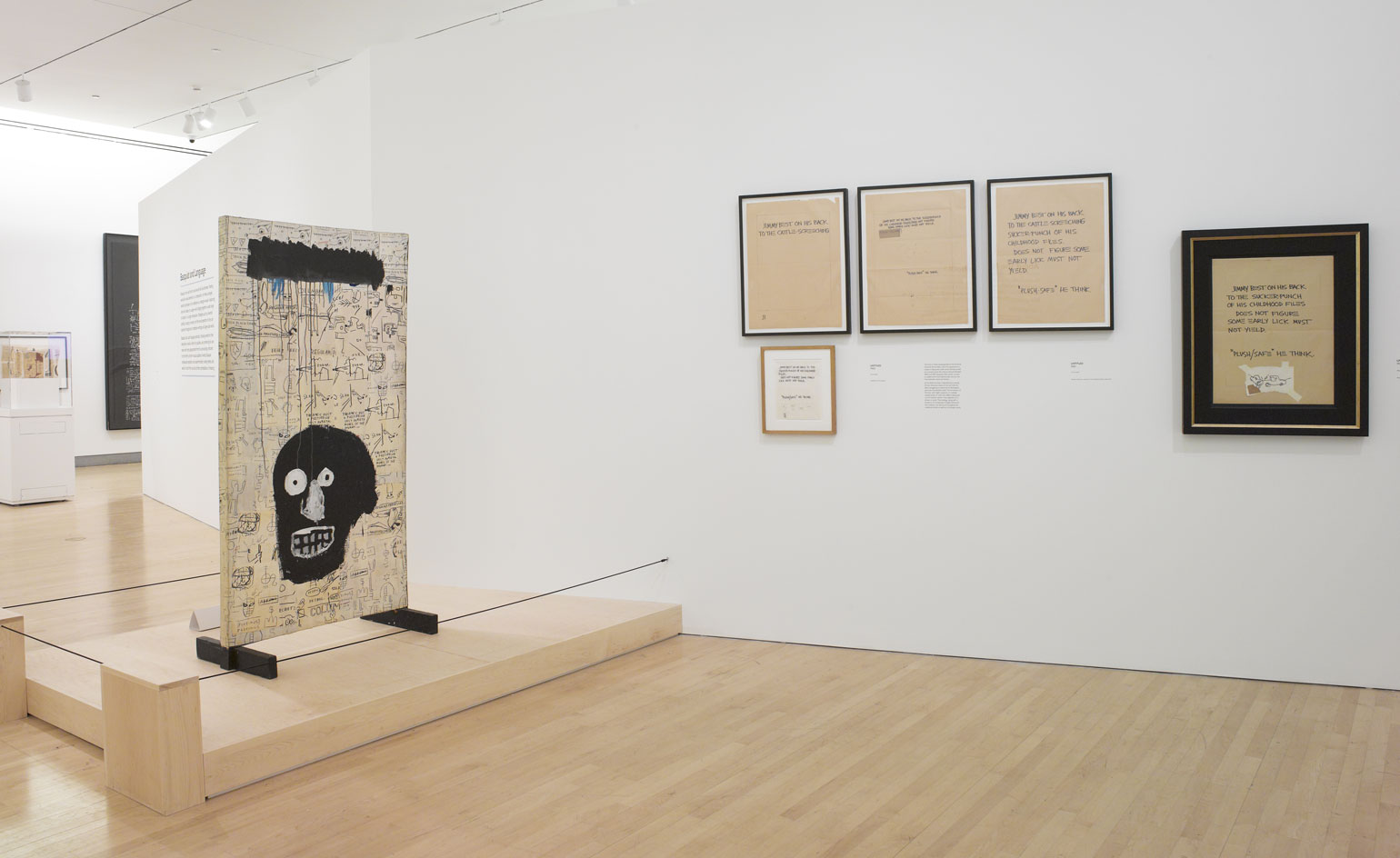
The Unknown Notebooks showcases exactly that - pages from Basquiat's private sketchbooks, alongside 30 of his drawings, paintings and mixed-media works. Courtesy of the Brooklyn Museum
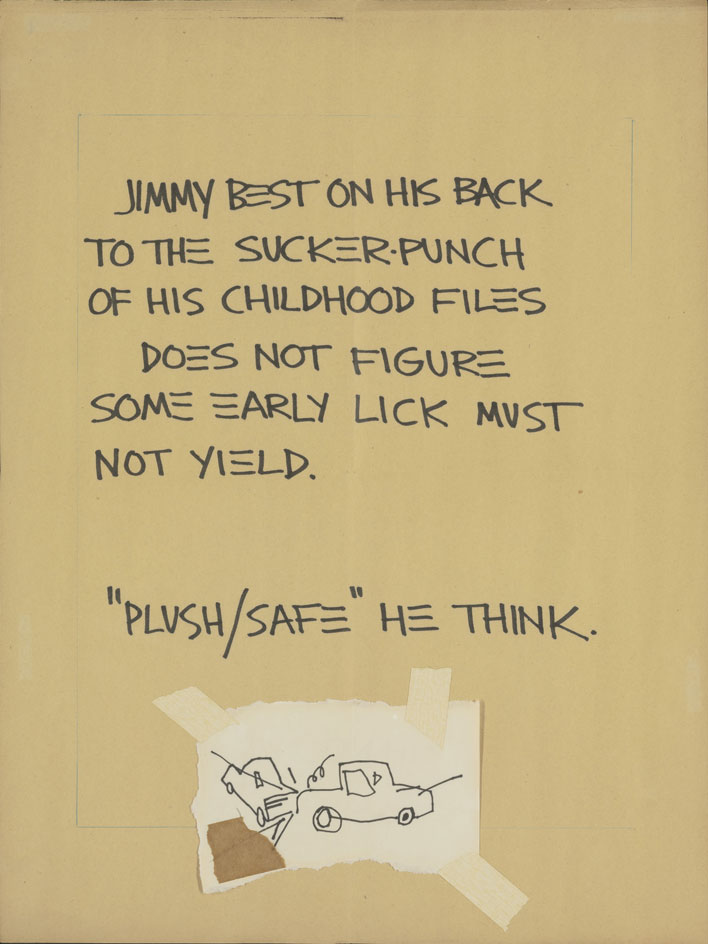
Displayed chronologically, there are in total 160 unbound notebook pages on display

One of the larger pieces on show - 'Untitled (The Crown)' of 1982
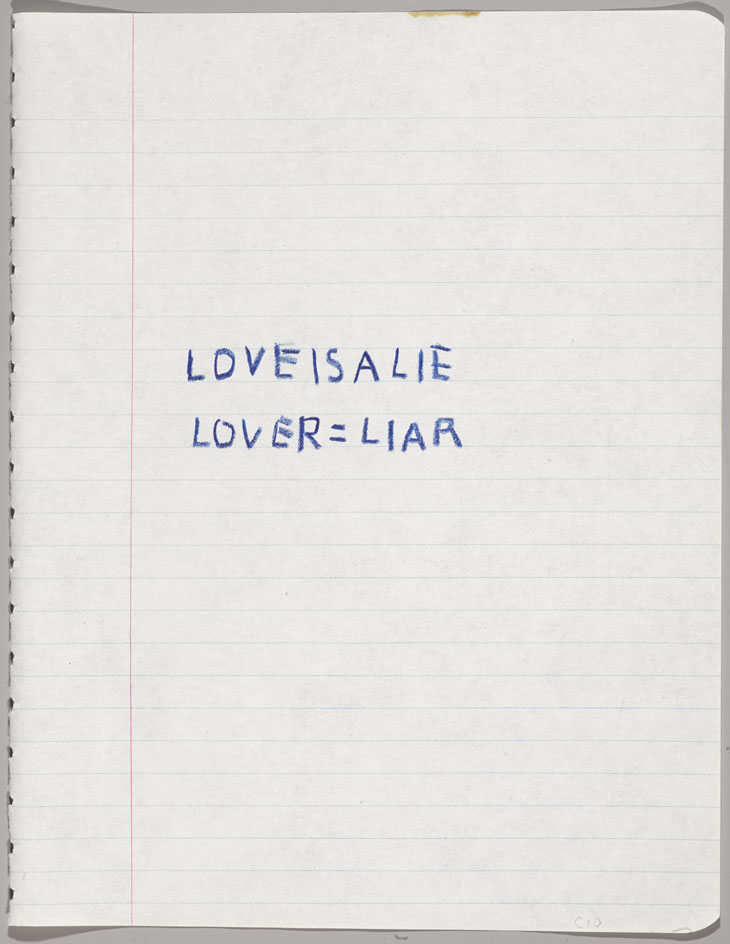
'Just one word on one page would be as important to [Basquiat] as a large-scale painting or drawing,' says the museum's associate curator Tricia Laughlin Bloom
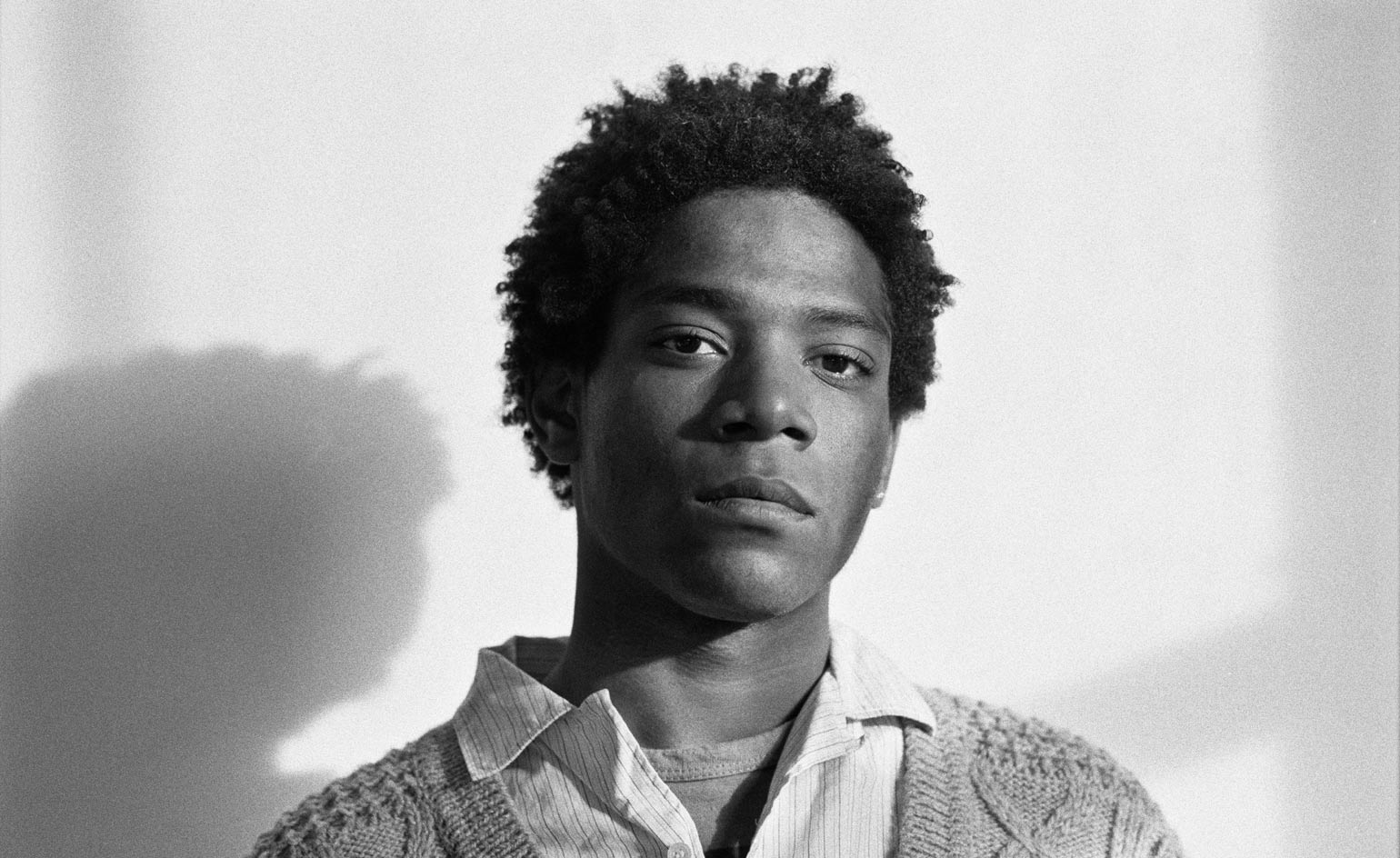
The Brooklyn-born icon
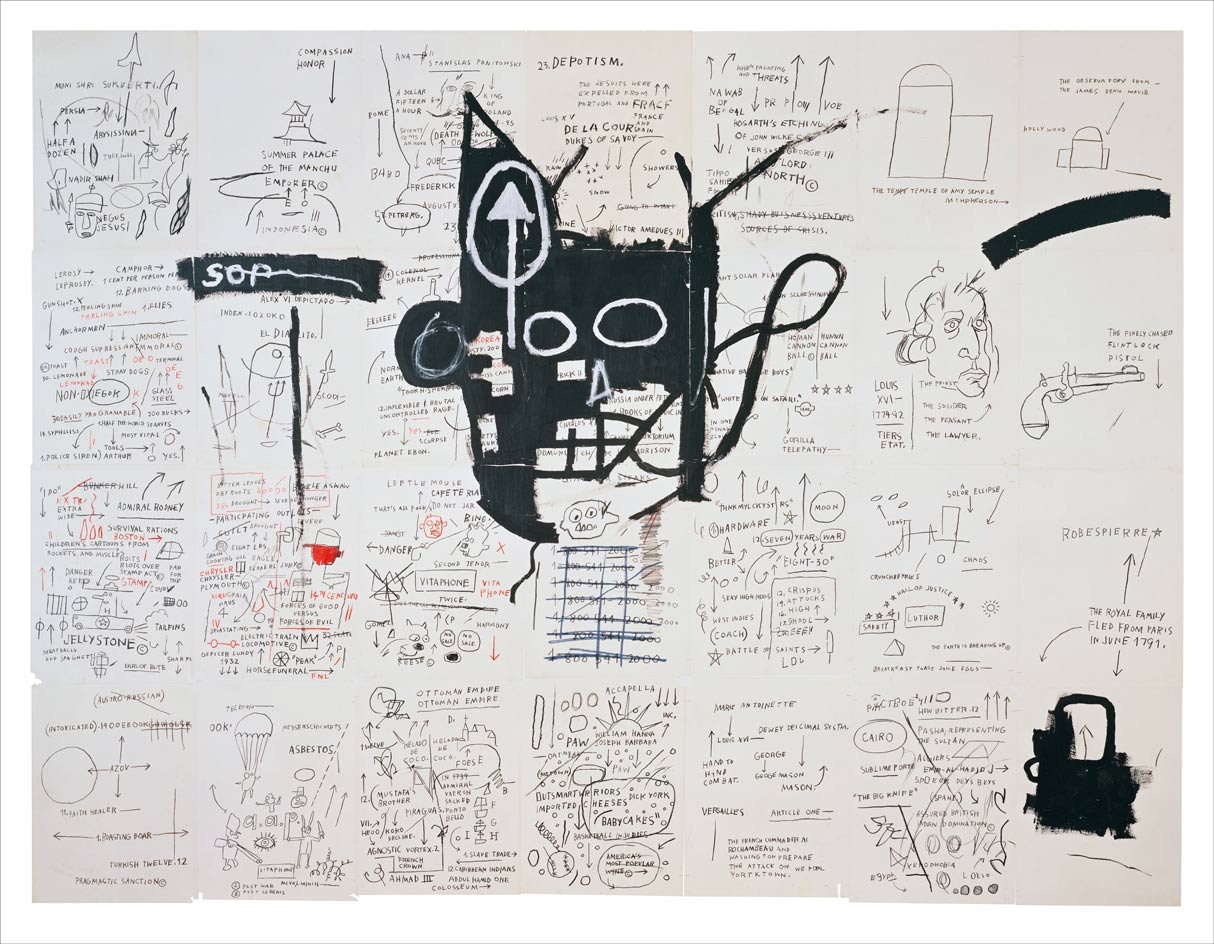
Carefully unbound in the 1990s, the pages allow viewers to observe the inner workings of Basquiat's creative mind on a highly intimate level
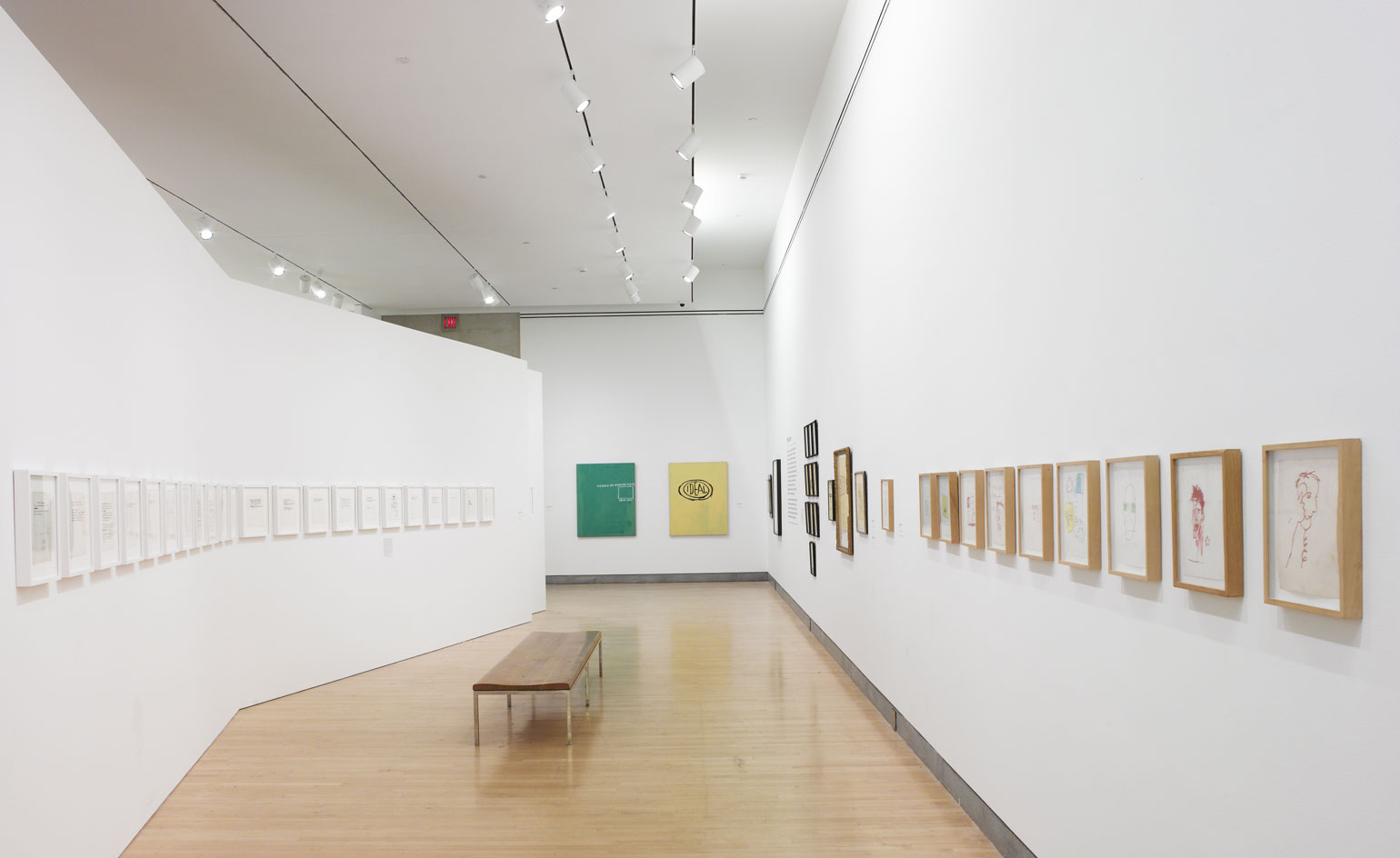
The pages come from eight notebooks, which form part of the collection of Larry Warsh, a New York-based publisher and early collector of Basquiat works. Courtesy of the Brooklyn Museum
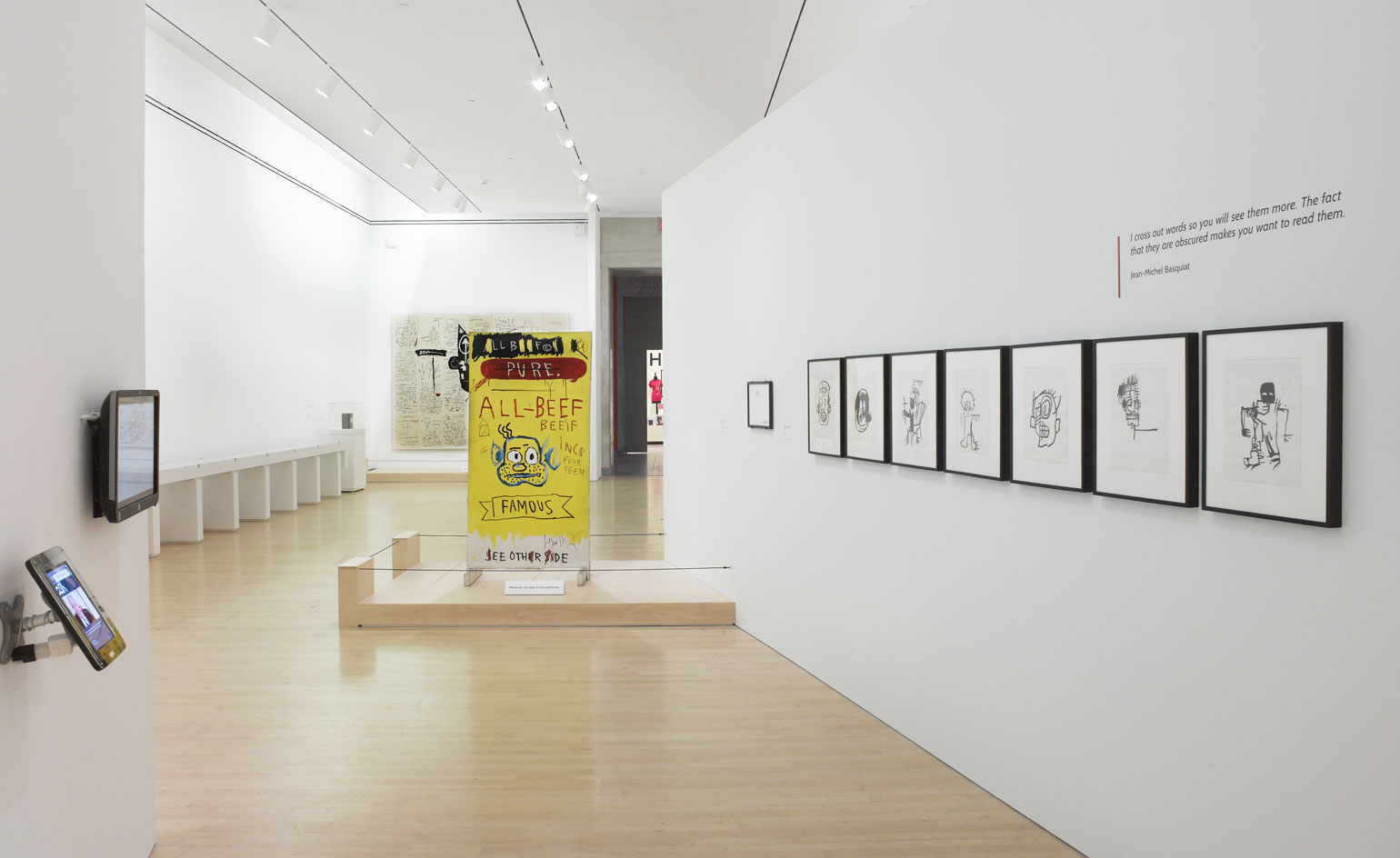
'I cross out words so you will see them more. The fact they are obscured makes you want to read them.' - Jean-Michel Basquiat. Courtesy of the Brooklyn Museum
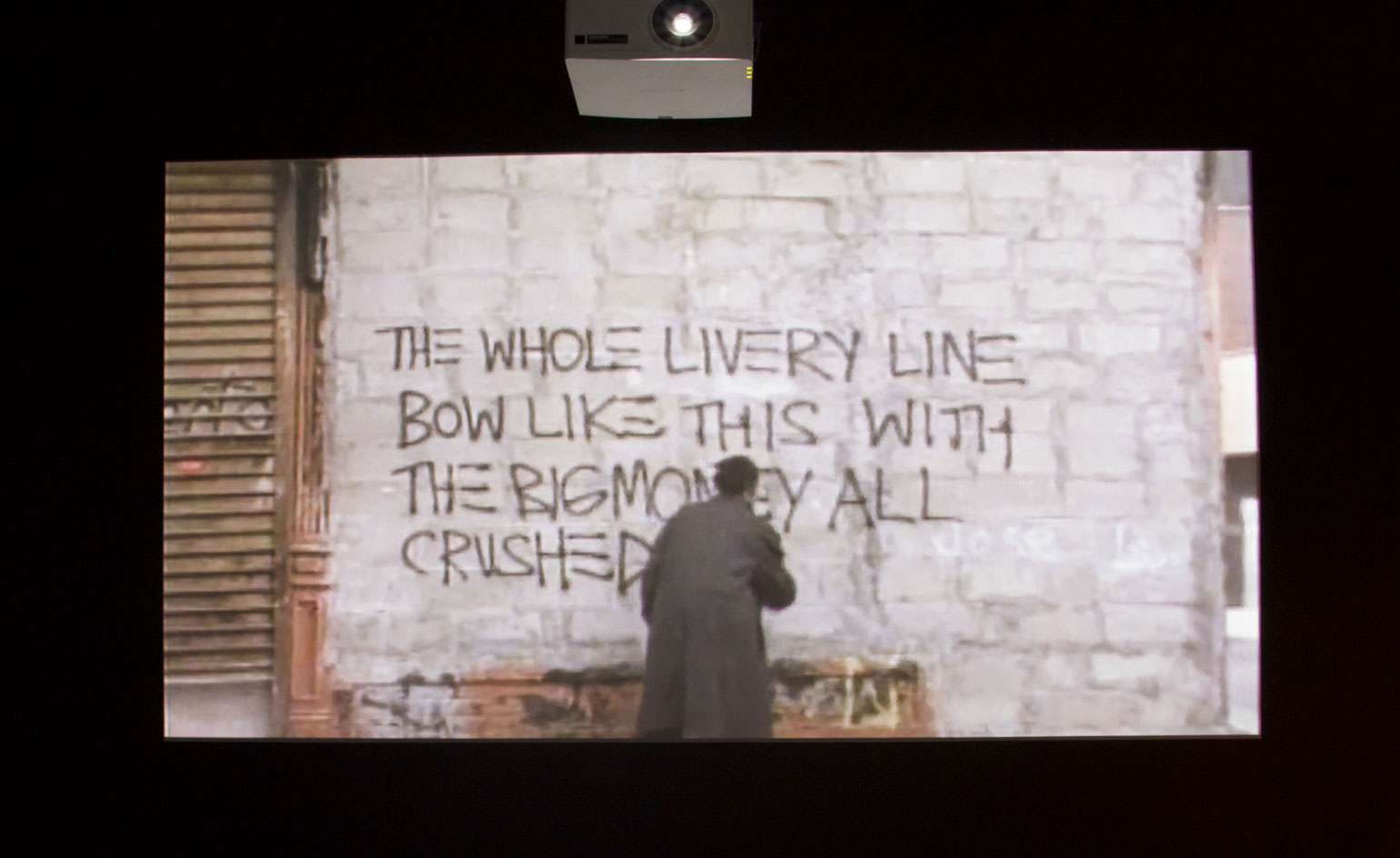
Included in the exhibition is a video showing Basquiat at work, tagging a metal wall in downtown New York in 1981. Courtesy of the Brooklyn Museum
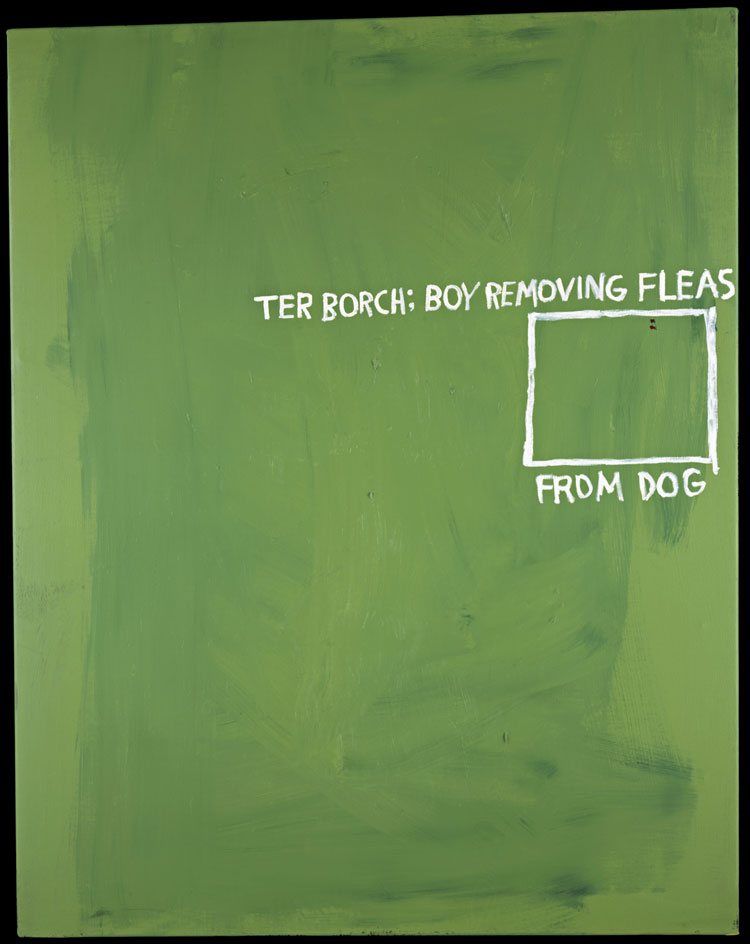
A poet as much as an artist, Basquiat focused on the visual word as a mode of painterly expression in itself - an idea which is reflected heavily in the works on show
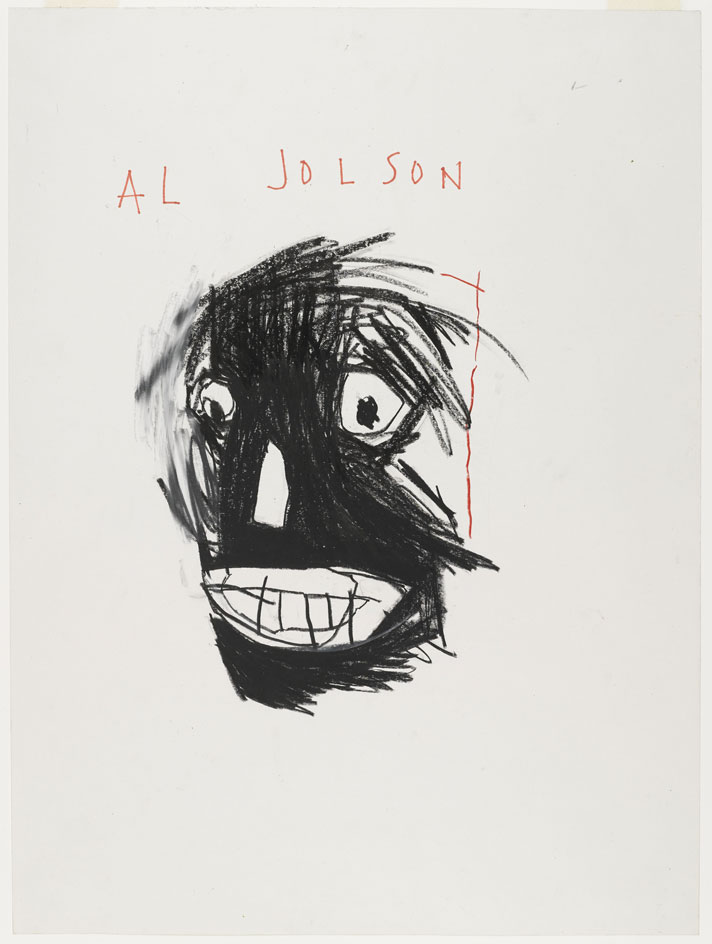
Themes of racism and colonialism run powerfully throughout a number of Basquiat's works. Pictured is a sketched portrait of the entertainer Al Jolson, the 1920s entertainer known for his 'blackface' minstrel performances
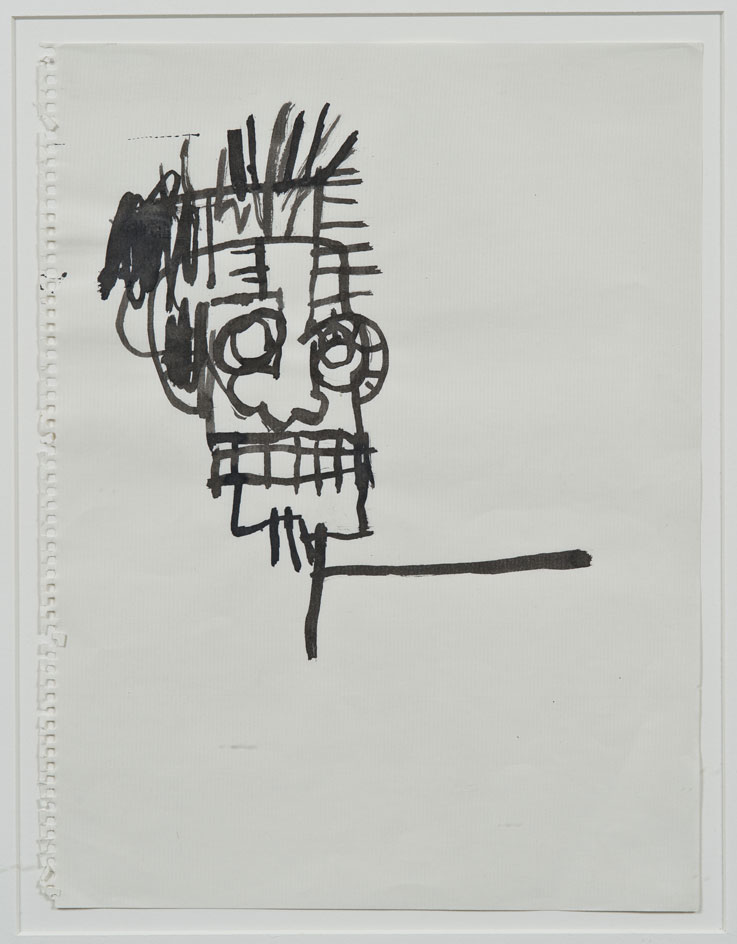
A face - half-skull, half-man - stares out of one of Basquiat's pages

One of the composition notebooks favoured by Basquiat

Scrawls, scribbles and sketches here sit side-by-side with some more practical information (though the trademark Basquiat wit is there in his designation of '2nd' class)
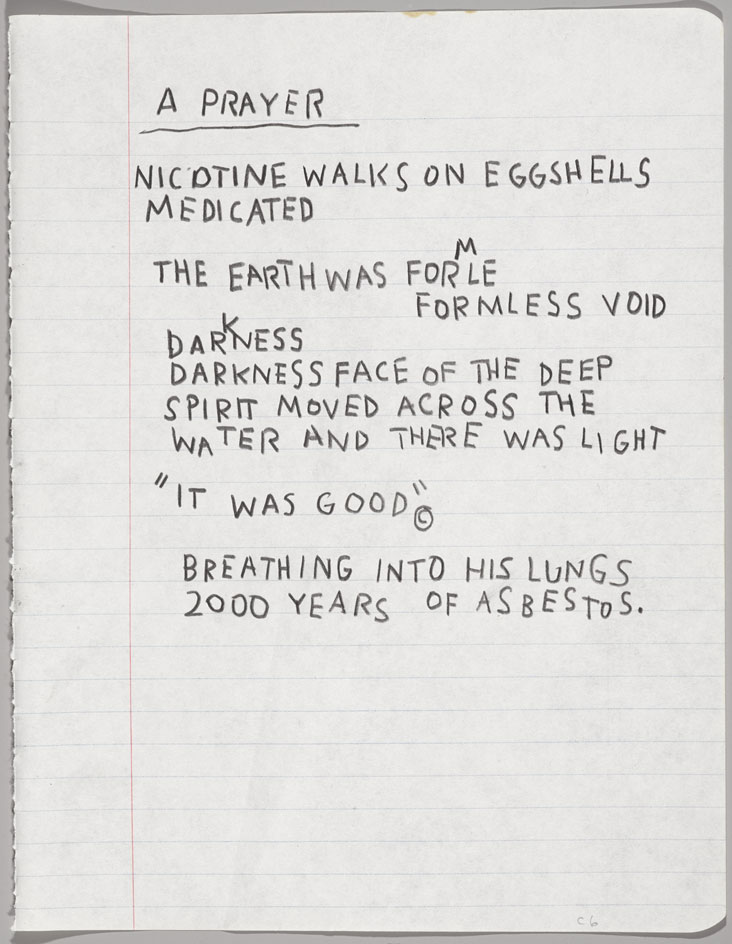
Wordplay and narrative poems play as much a part in the exhibition as more figurative sketches
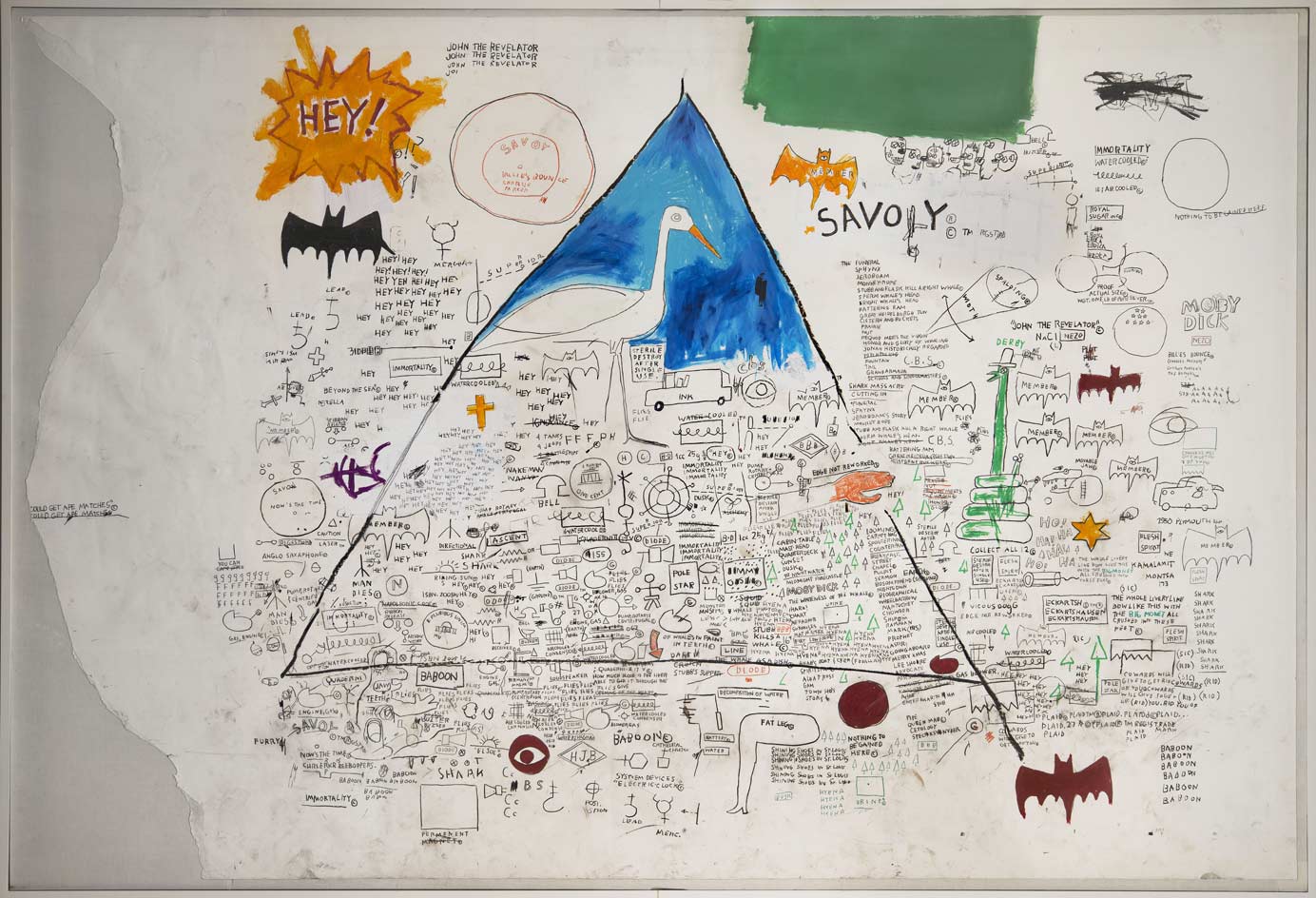
Here, words and images combine, affording viewers and insight into Basquiat's at his most enigmatic

Also evident throughout the sketches is his recognisable, simplified letter 'E', articulated as three horizontal strokes
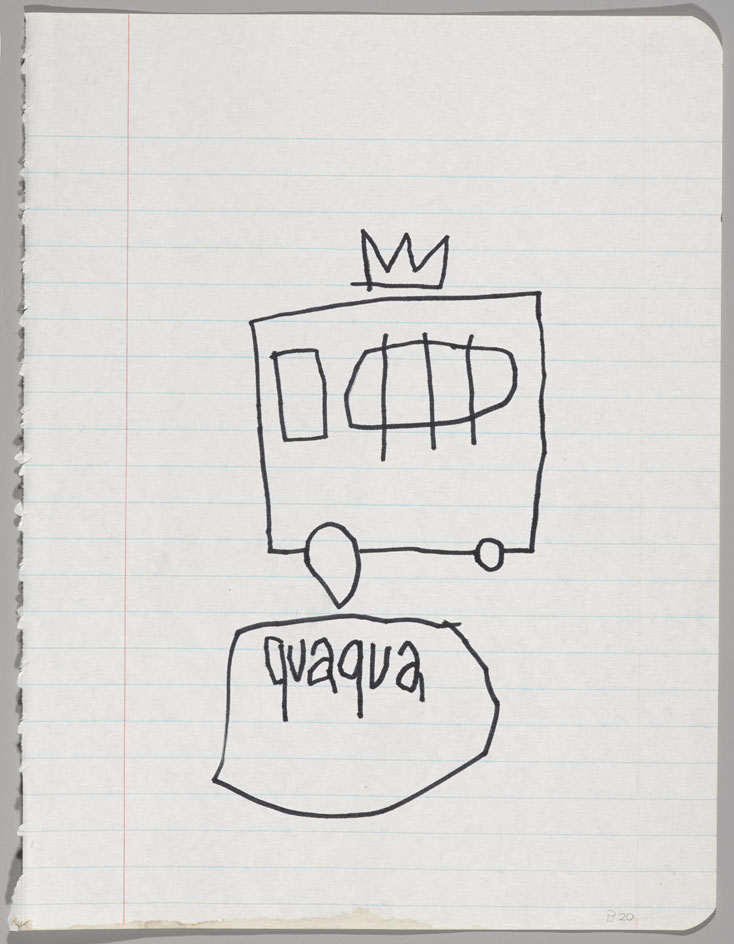
'Believe it or not, I can actually draw' - Jean-Michel Basquiat
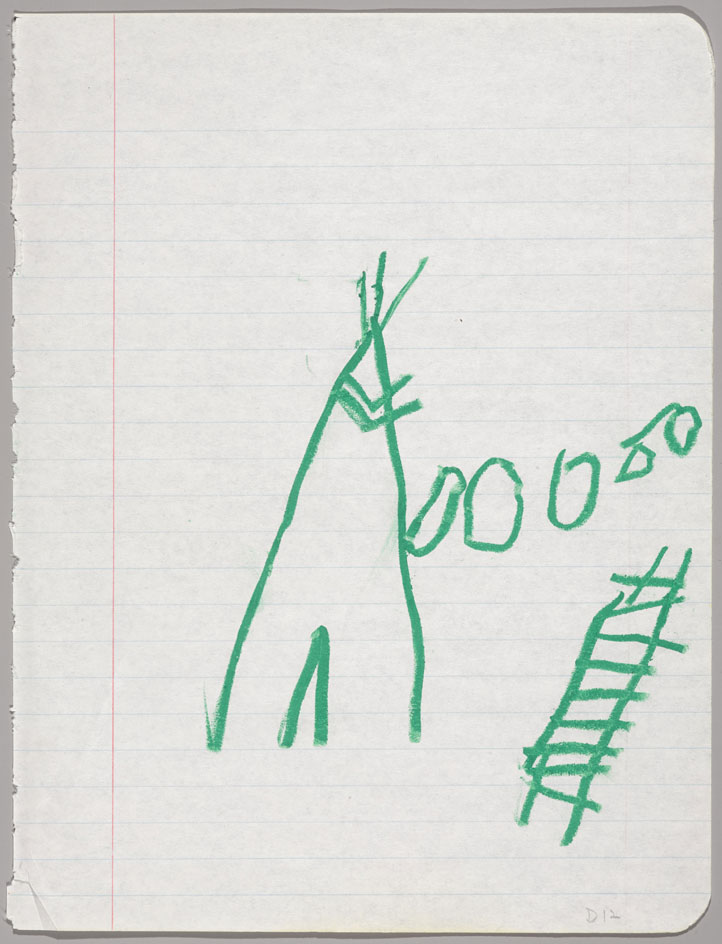
One of Basquiat's teepees, a motif repeated throughout his career
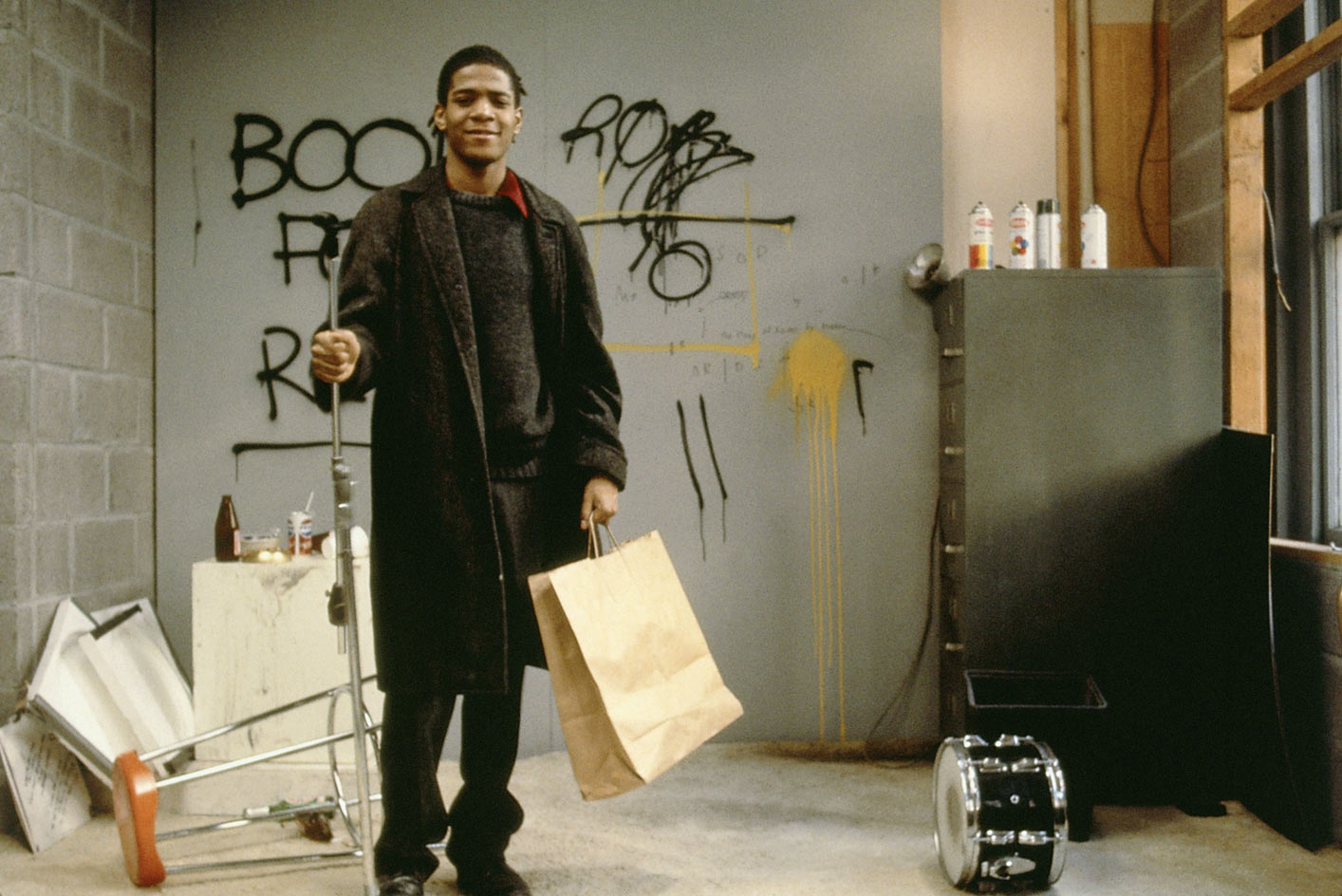
Jean-Michel Basquiat - about as authentically New York as it gets - pictured here in 1981
ADDRESS
200 Eastern Parkway
Brooklyn
New York 11238
Receive our daily digest of inspiration, escapism and design stories from around the world direct to your inbox.
Pei-Ru Keh is a former US Editor at Wallpaper*. Born and raised in Singapore, she has been a New Yorker since 2013. Pei-Ru held various titles at Wallpaper* between 2007 and 2023. She reports on design, tech, art, architecture, fashion, beauty and lifestyle happenings in the United States, both in print and digitally. Pei-Ru took a key role in championing diversity and representation within Wallpaper's content pillars, actively seeking out stories that reflect a wide range of perspectives. She lives in Brooklyn with her husband and two children, and is currently learning how to drive.
-
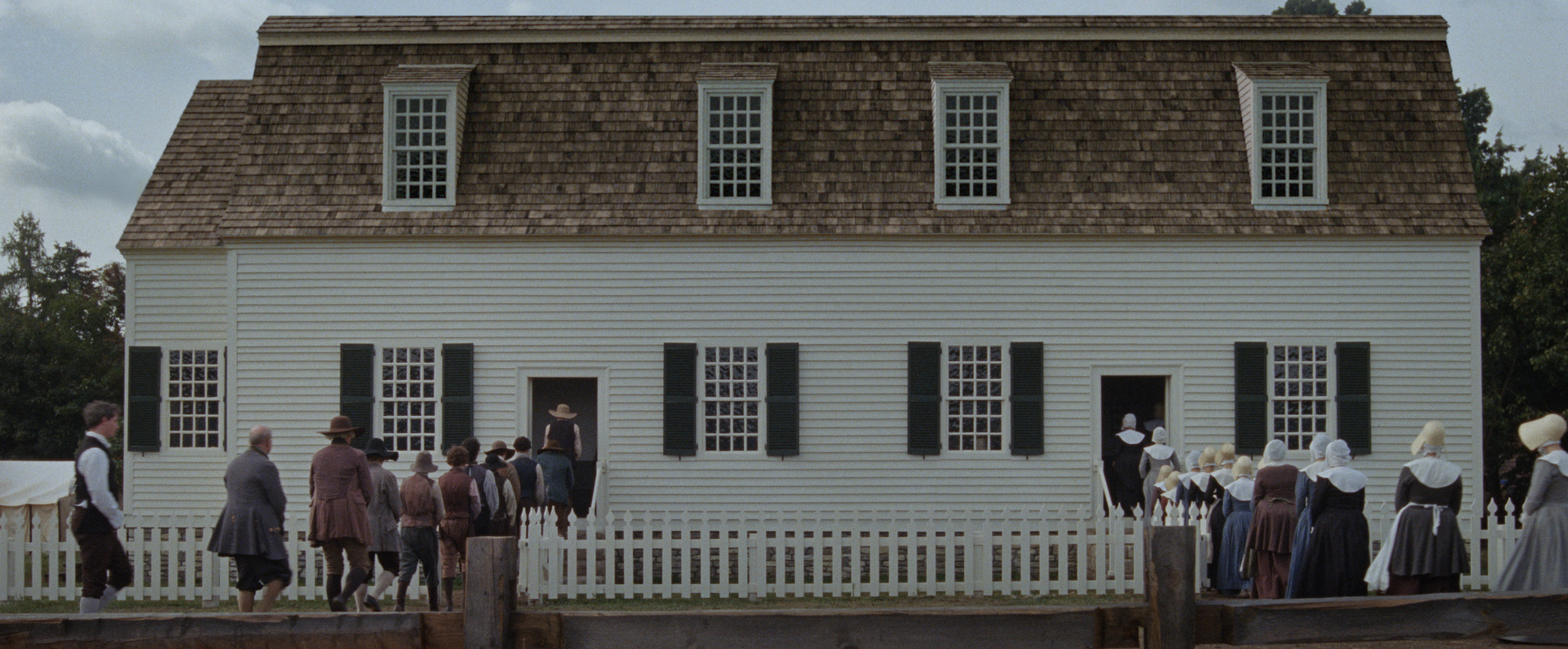 The Testament of Ann Lee brings the Shaker aesthetic to the big screen
The Testament of Ann Lee brings the Shaker aesthetic to the big screenDirected by Mona Fastvold and featuring Amanda Seyfried, The Testament of Ann Lee is a visual deep dive into Shaker culture
-
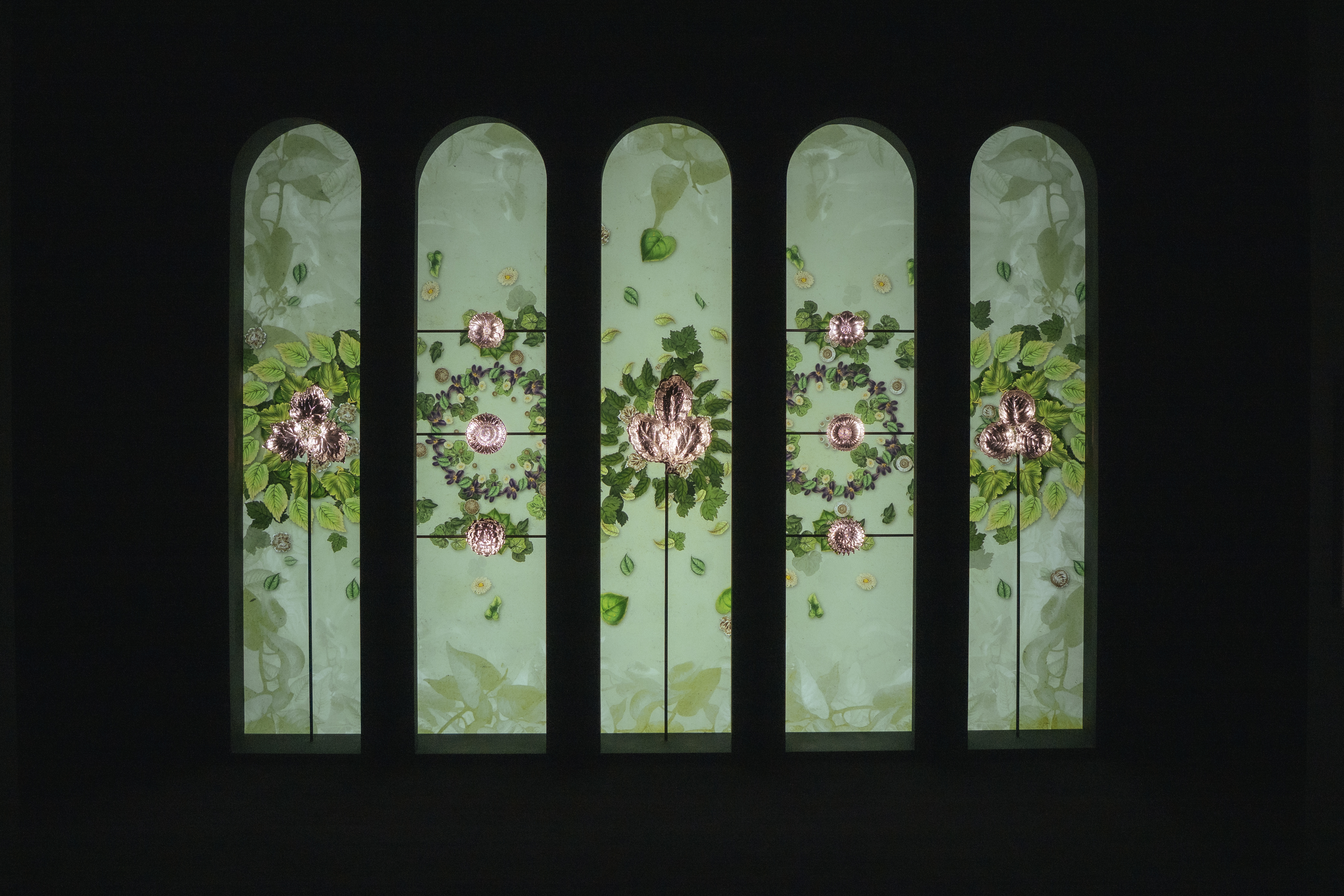 Dive into Buccellati's rich artistic heritage in Shanghai
Dive into Buccellati's rich artistic heritage in Shanghai'The Prince of Goldsmiths: Buccellati Rediscovering the Classics' exhibition takes visitors on an immersive journey through a fascinating history
-
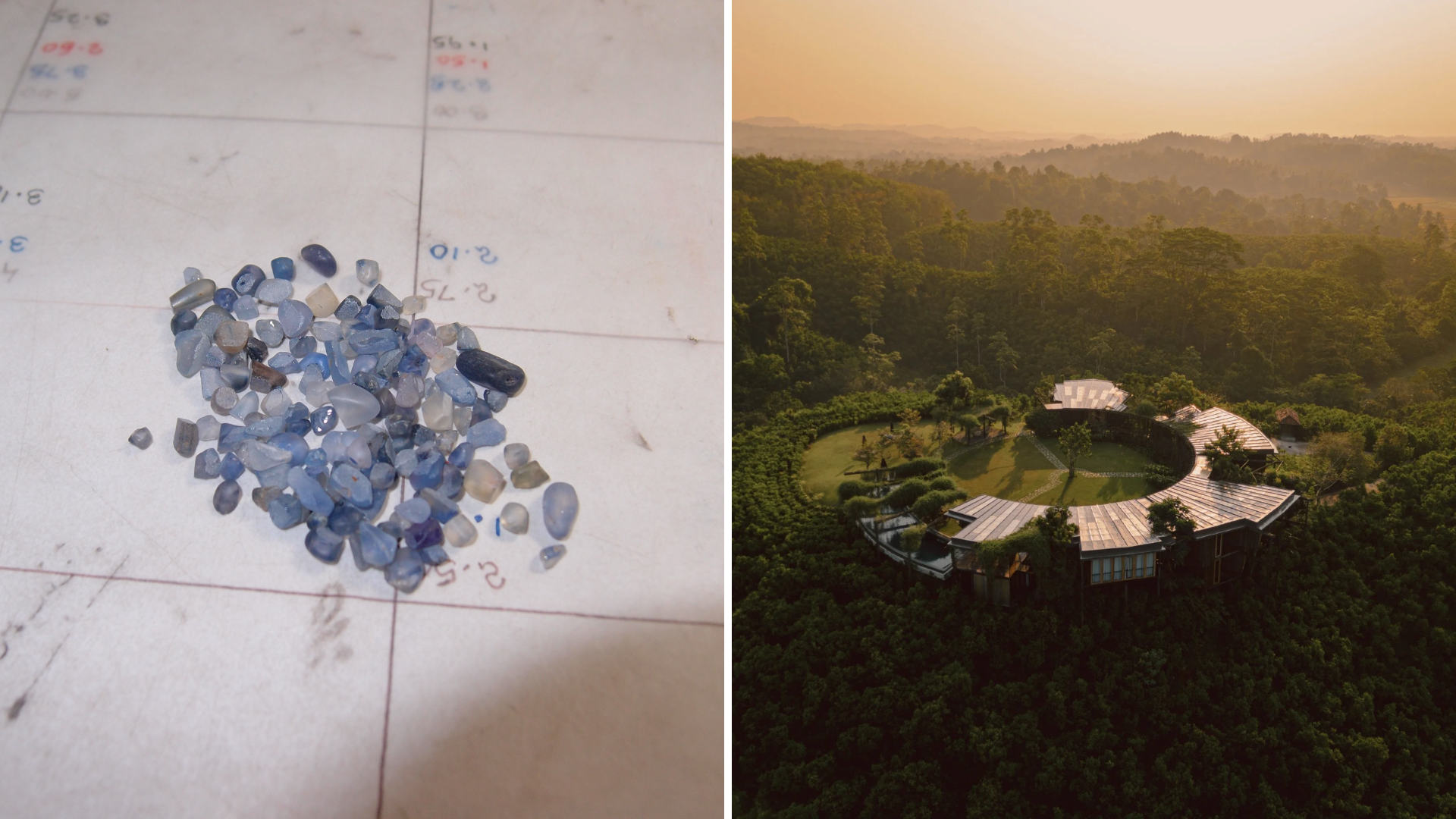 Love jewellery? Now you can book a holiday to source rare gemstones
Love jewellery? Now you can book a holiday to source rare gemstonesHardy & Diamond, Gemstone Journeys debuts in Sri Lanka in April 2026, granting travellers access to the island’s artisanal gemstone mines, as well as the opportunity to source their perfect stone
-
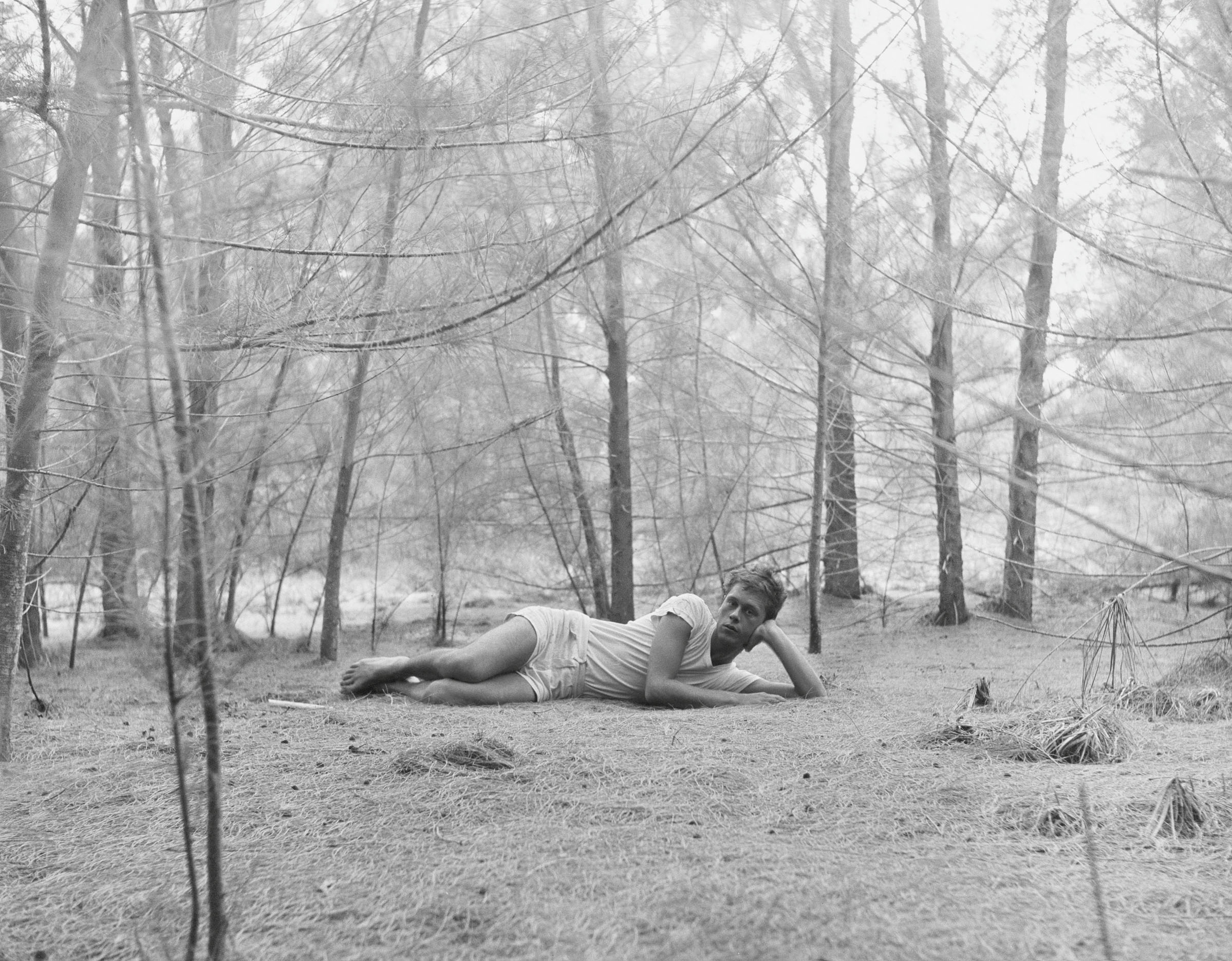 Inside the seductive and mischievous relationship between Paul Thek and Peter Hujar
Inside the seductive and mischievous relationship between Paul Thek and Peter HujarUntil now, little has been known about the deep friendship between artist Thek and photographer Hujar, something set to change with the release of their previously unpublished letters and photographs
-
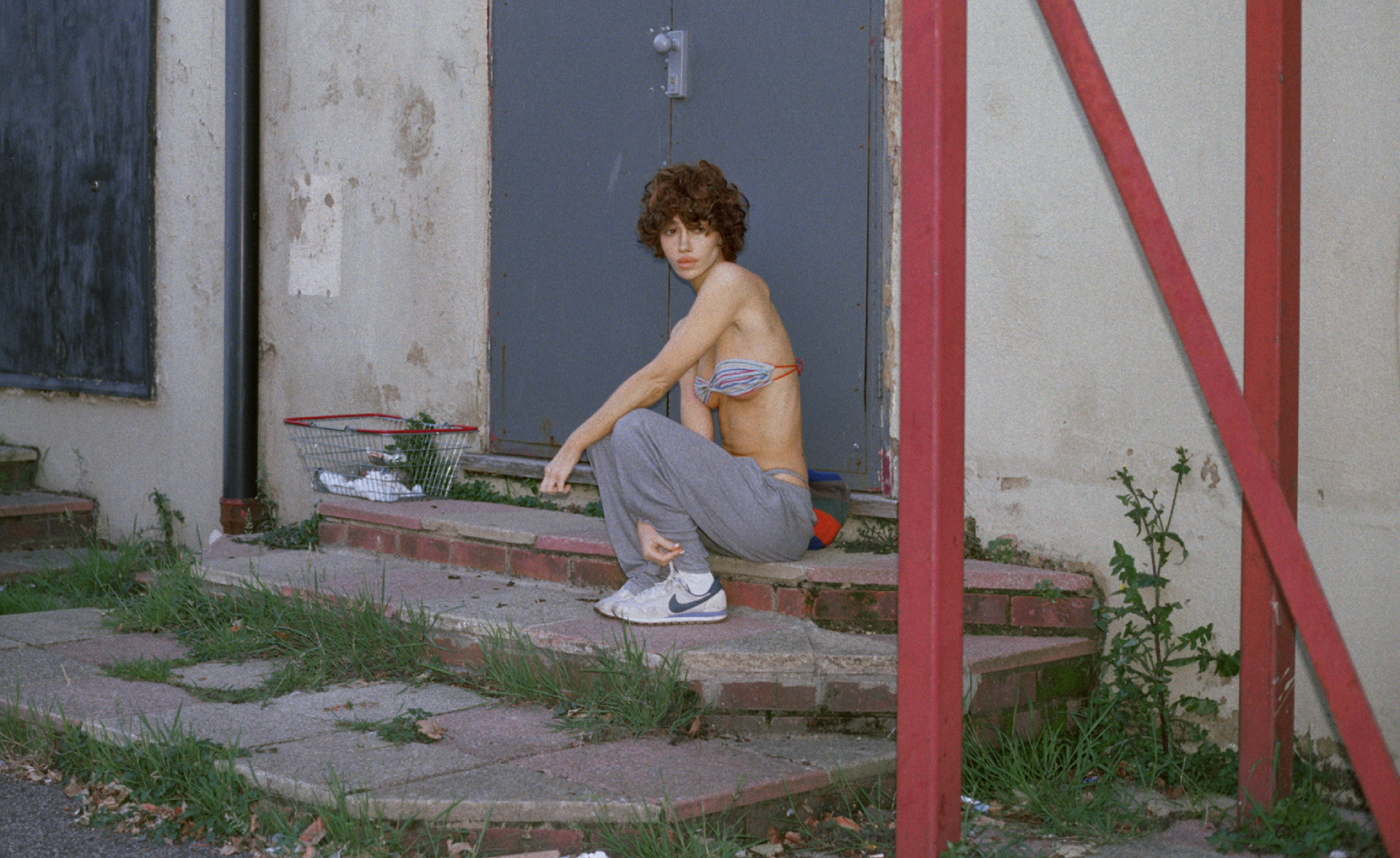 Nadia Lee Cohen distils a distant American memory into an unflinching new photo book
Nadia Lee Cohen distils a distant American memory into an unflinching new photo book‘Holy Ohio’ documents the British photographer and filmmaker’s personal journey as she reconnects with distant family and her earliest American memories
-
 Out of office: The Wallpaper* editors’ picks of the week
Out of office: The Wallpaper* editors’ picks of the weekThe rain is falling, the nights are closing in, and it’s still a bit too early to get excited for Christmas, but this week, the Wallpaper* team brought warmth to the gloom with cosy interiors, good books, and a Hebridean dram
-
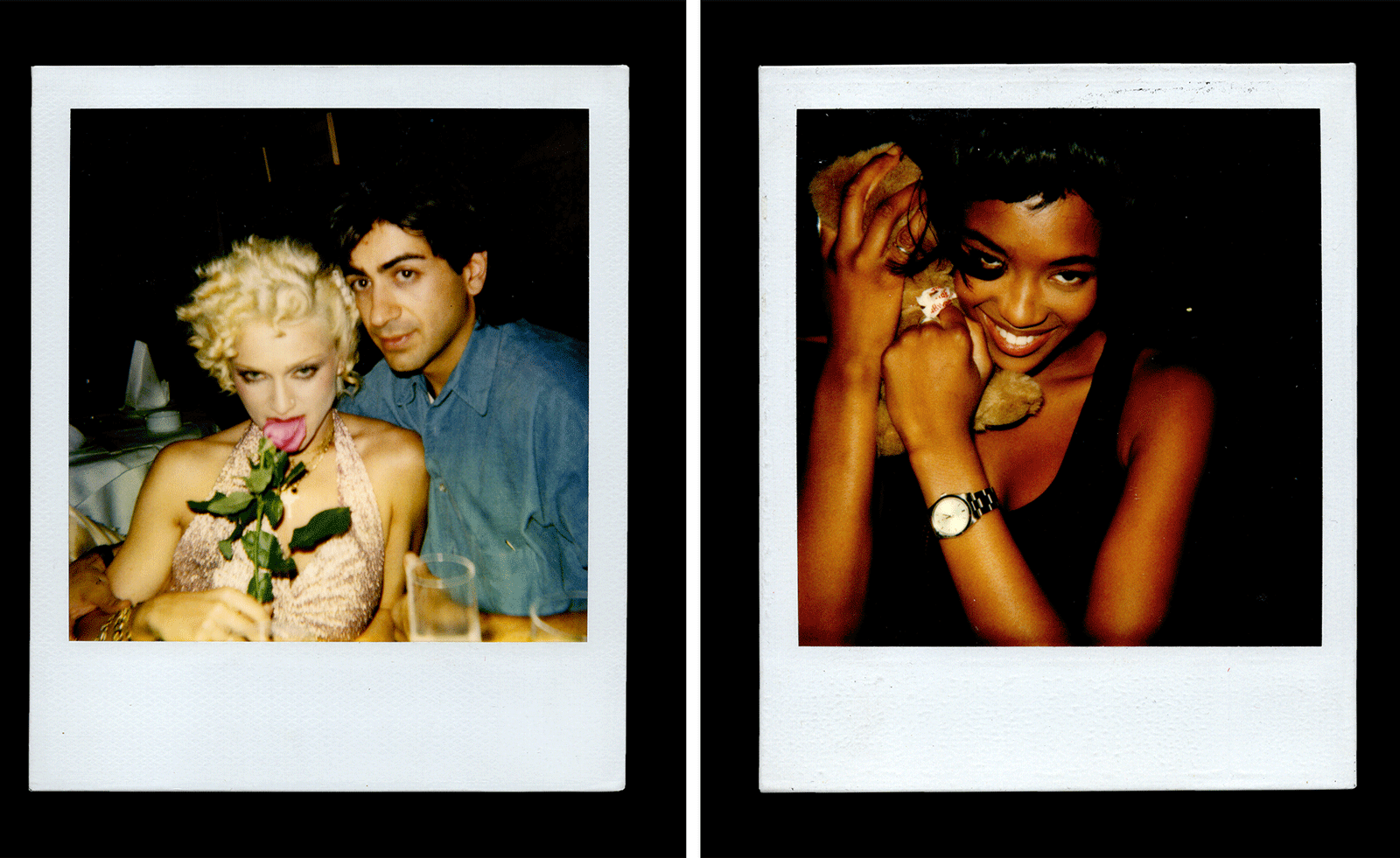 Inside Davé, Polaroids from a little-known Paris hotspot where the A-list played
Inside Davé, Polaroids from a little-known Paris hotspot where the A-list playedChinese restaurant Davé drew in A-list celebrities for three decades. What happened behind closed doors? A new book of Polaroids looks back
-
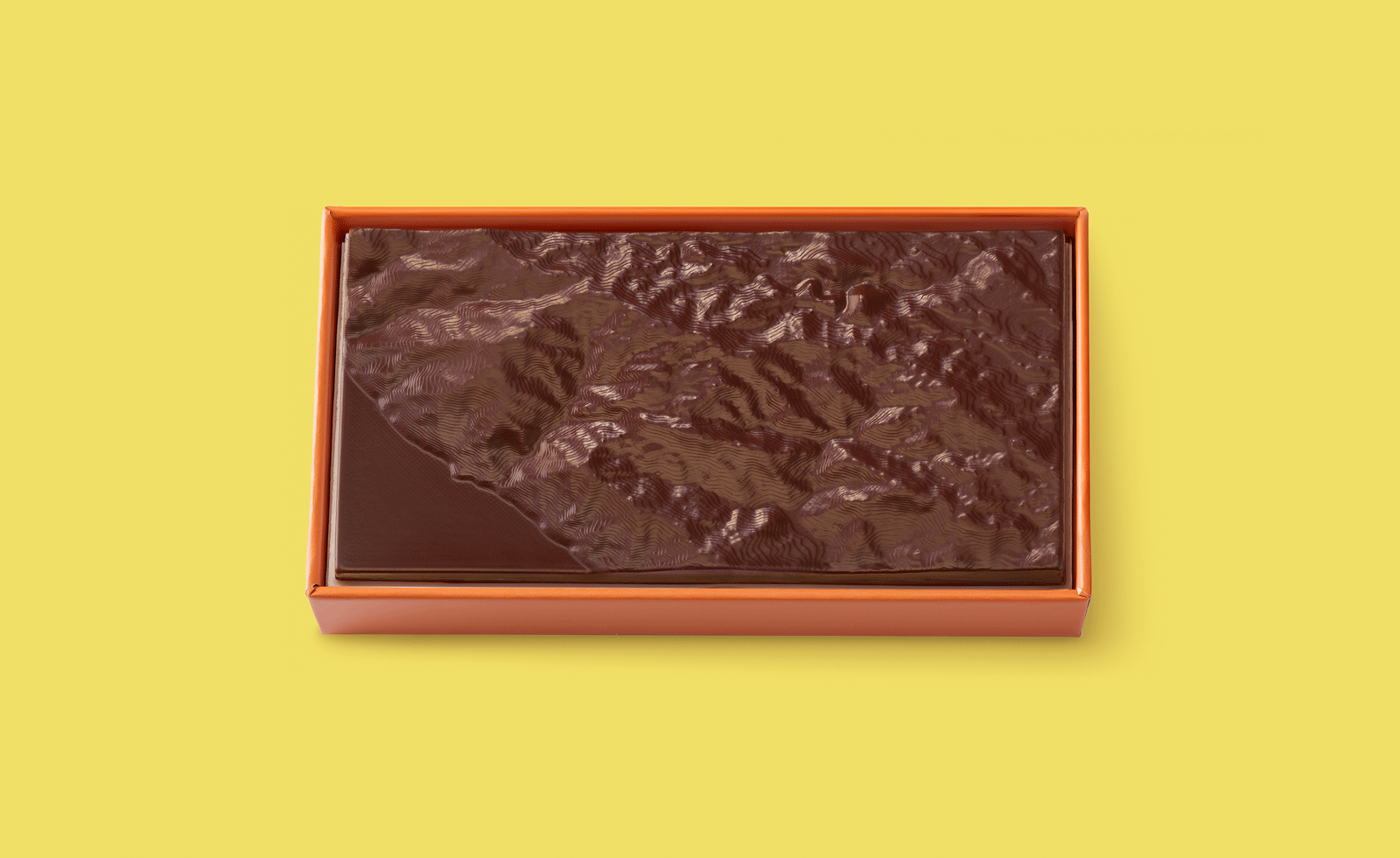 Ed Ruscha’s foray into chocolate is sweet, smart and very American
Ed Ruscha’s foray into chocolate is sweet, smart and very AmericanArt and chocolate combine deliciously in ‘Made in California’, a project from the artist with andSons Chocolatiers
-
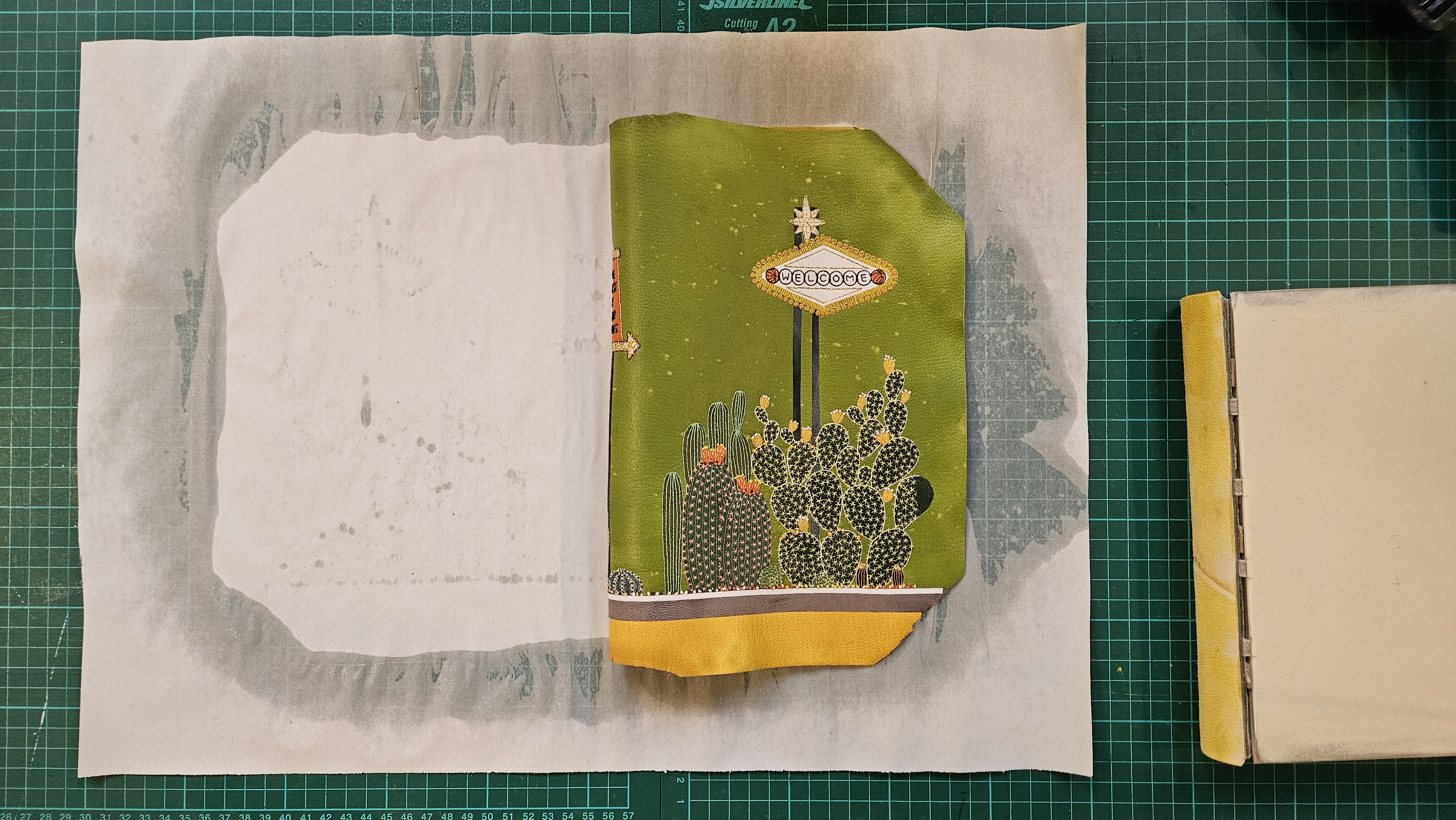 Inside the process of creating the one-of-a-kind book edition gifted to the Booker Prize shortlisted authors
Inside the process of creating the one-of-a-kind book edition gifted to the Booker Prize shortlisted authorsFor over 30 years each work on the Booker Prize shortlist are assigned an artisan bookbinder to produce a one-off edition for the author. We meet one of the artists behind this year’s creations
-
 Out of office: The Wallpaper* editors’ picks of the week
Out of office: The Wallpaper* editors’ picks of the weekThis week, the Wallpaper* editors curated a diverse mix of experiences, from meeting diamond entrepreneurs and exploring perfume exhibitions to indulging in the the spectacle of a Middle Eastern Christmas
-
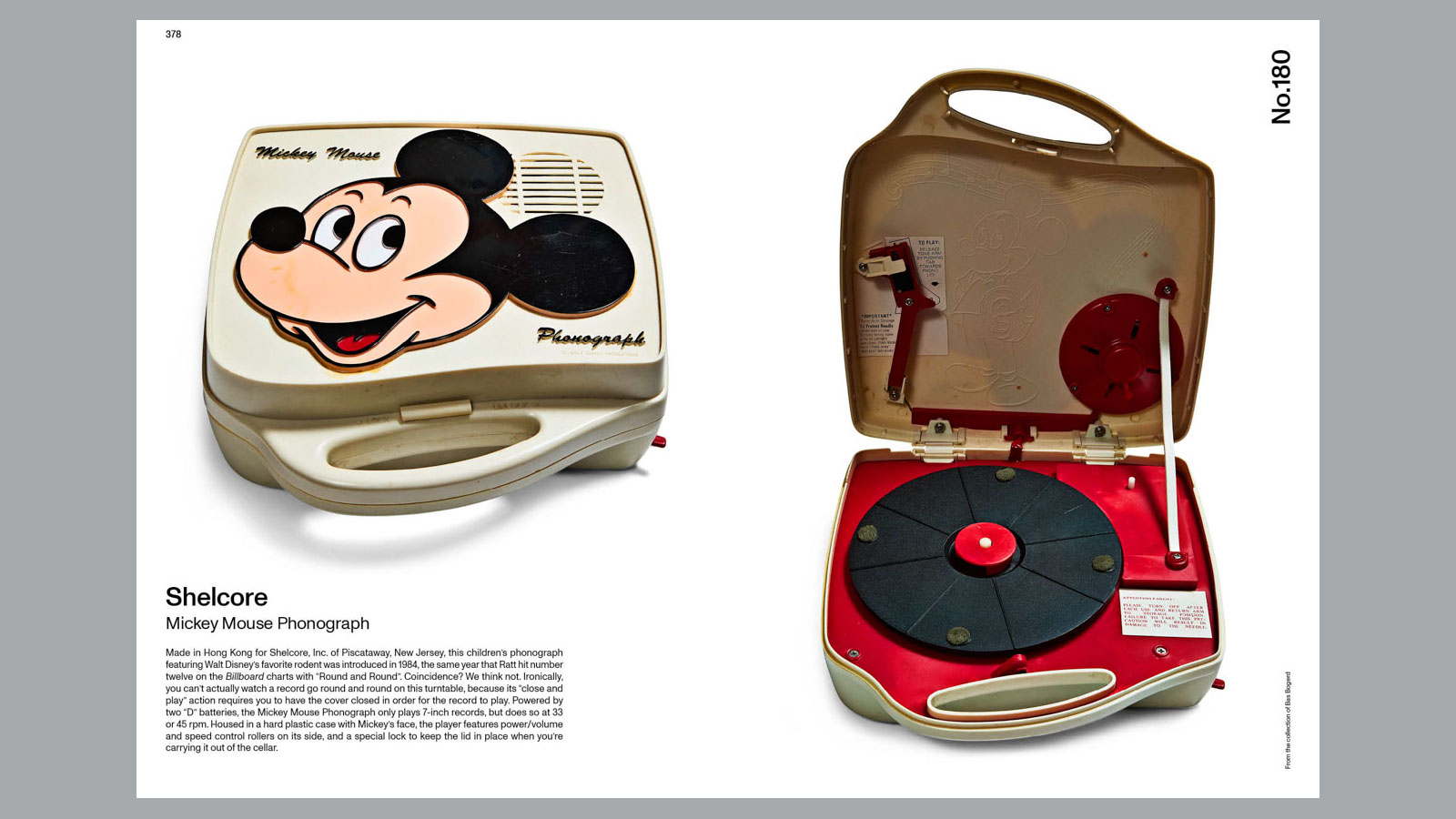 14 of the best new books for music buffs
14 of the best new books for music buffsFrom music-making tech to NME cover stars, portable turntables and the story behind industry legends – new books about the culture and craft of recorded sound